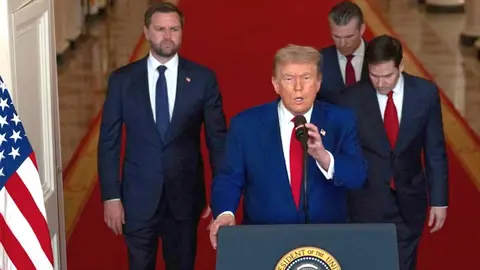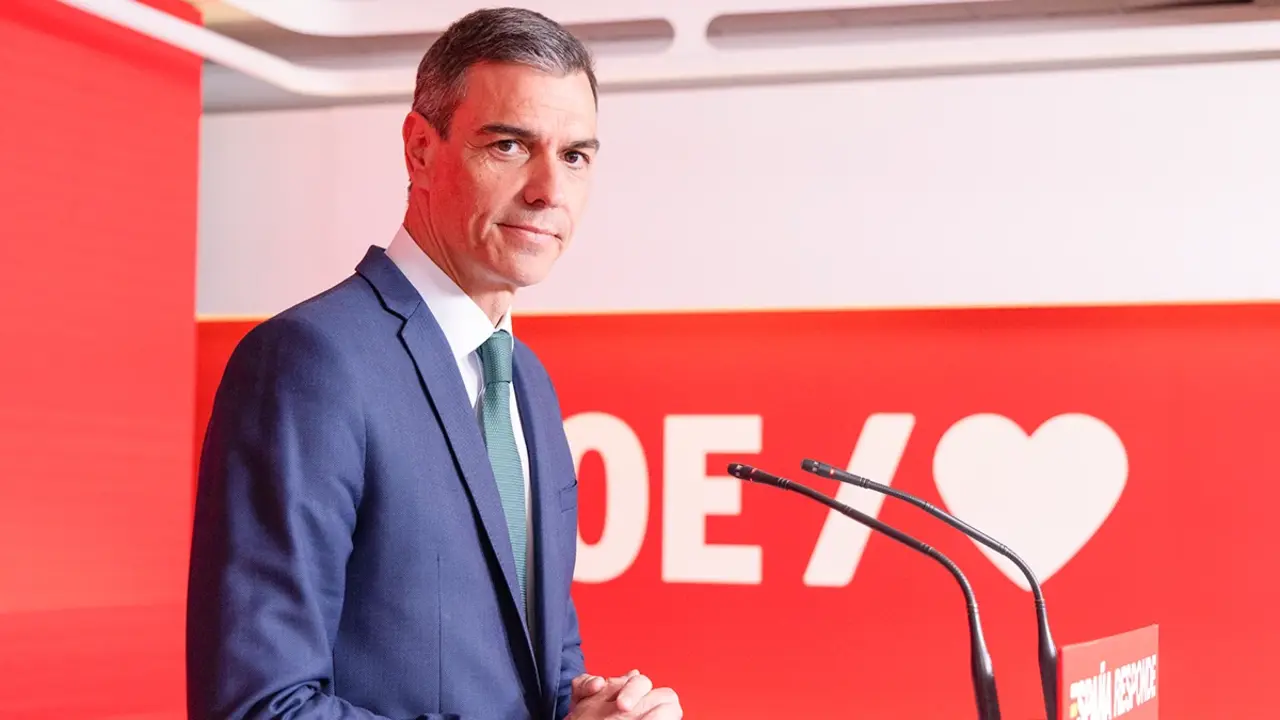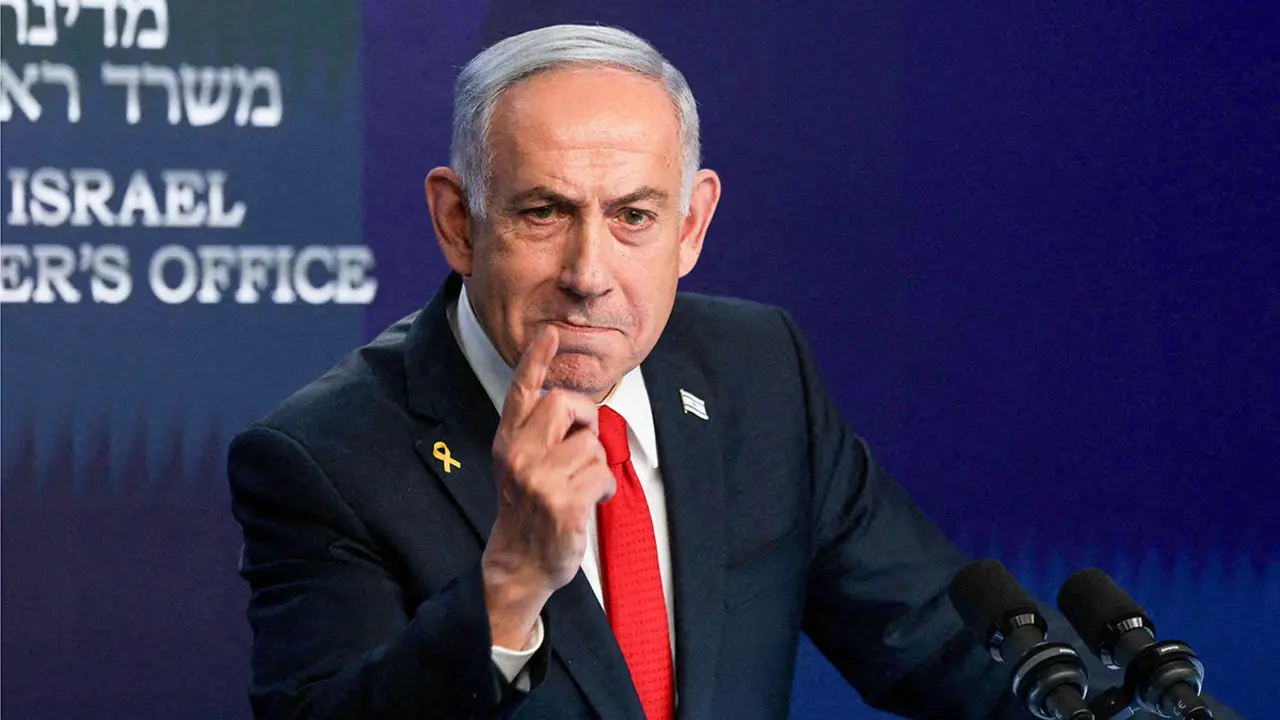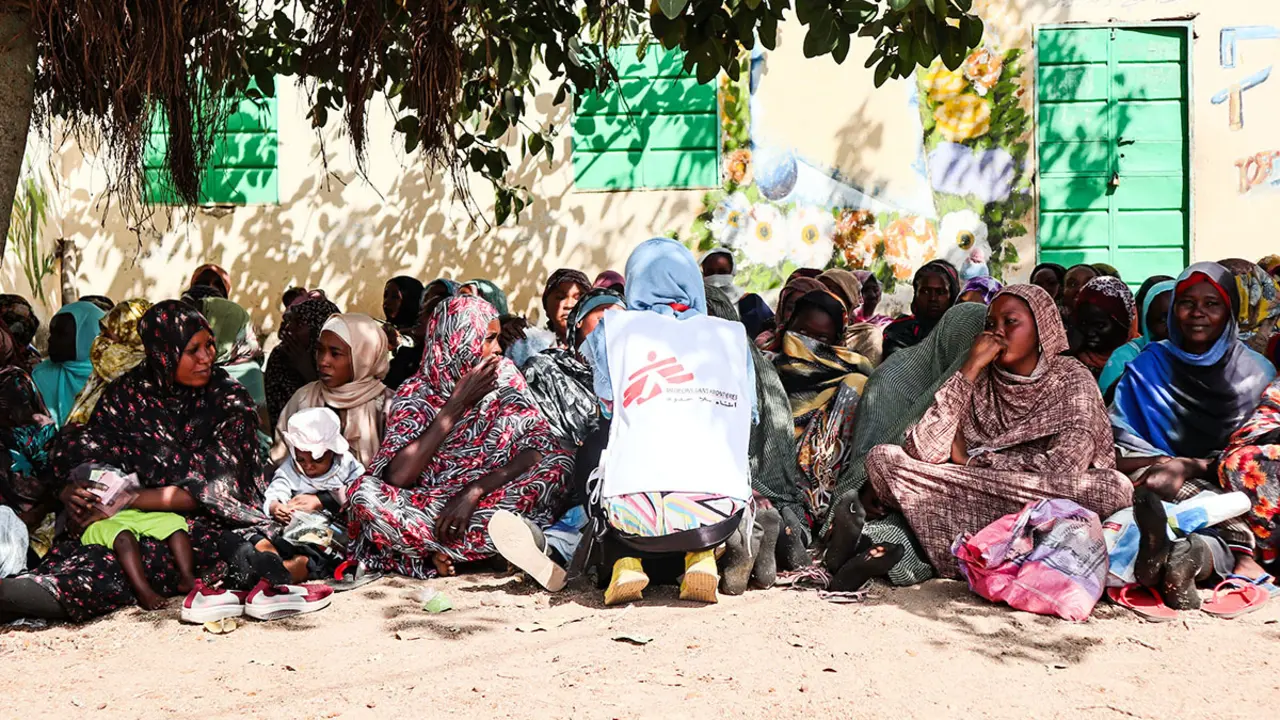Trump raises the idea of regime change in Iran
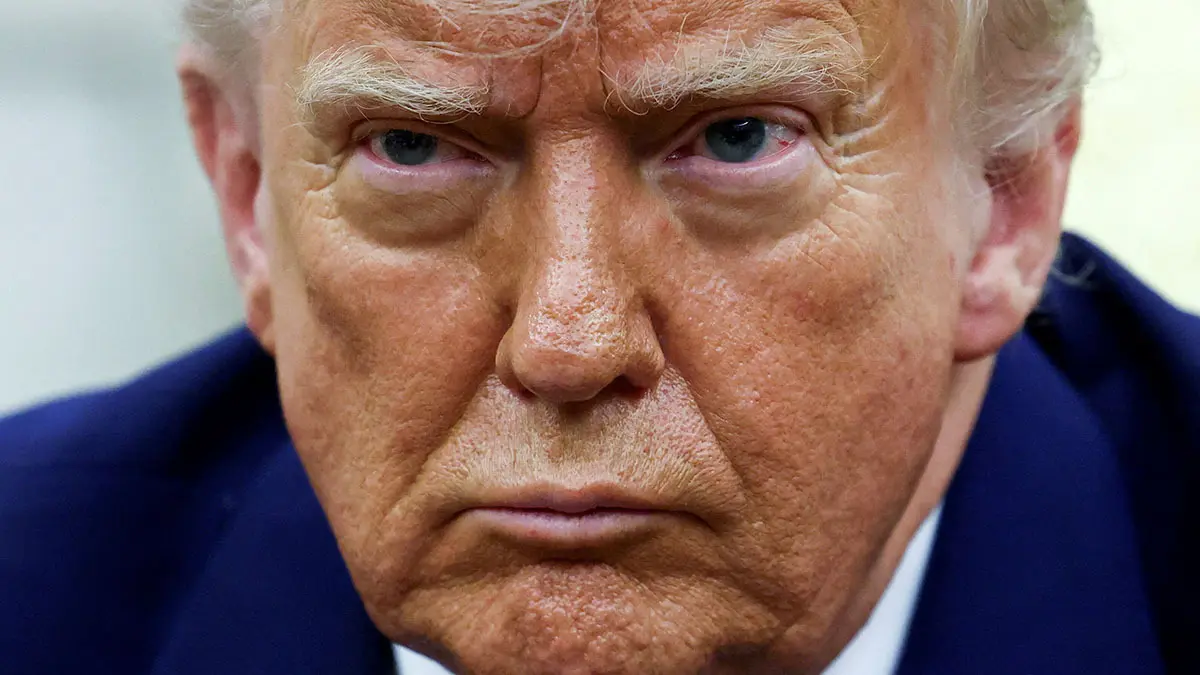
The unprecedented attack ordered by the White House against three Iranian nuclear facilities this weekend — carried out with B-2 stealth bombers and never-before-used bunker-busting munitions — marks a turning point in nearly half a century of hostilities between Washington and the Islamic Republic of Iran.
President Donald Trump, who celebrated the attack and called it ‘strong and precise,’ claims to have inflicted severe damage to Iran's nuclear infrastructure, a long-standing goal of successive US and Israeli administrations.
Following this operation, the US president has gone even further and even raised the possibility of regime change in Iran. ‘It is not politically correct to use the term ‘regime change’, but if the current Iranian regime is unable to make Iran great again, why wouldn't there be regime change?’ he posted on social media.
The president is thus reopening one of the greatest taboos of US diplomacy since the fall of the Shah in 1979: direct intervention to overthrow the leadership of the ayatollahs. Although his vice president, J.D. Vance, tried to calm tensions by assuring that Washington is not seeking war or a forced change of government, Trump himself took it upon himself to blow up that narrative.
The air strikes, launched from Missouri and executed with state-of-the-art stealth technology, showcased the military muscle of the United States even amid the political chaos that has characterised the Trump administration at the Pentagon. According to analysts, the operation was intended to force Tehran to sit down and negotiate a reduction in its uranium enrichment capacity.
However, nuclear security experts and senior diplomats warn that the humiliation suffered is unlikely to prompt Tehran to agree to a deal. On the contrary, it could harden the regime's stance, fuelling anti-US sentiment internally, and even lead to attacks on military bases in the region through its allied militias.
As long as #Iran's regime is in power, there will be no happy endings. President Trump here is seemingly acknowledging that reality. pic.twitter.com/5DhrJc7WSC
— Jason Brodsky (@JasonMBrodsky) June 22, 2025
A weakened regime
The attack comes at a politically delicate time for the Iranian regime. The leadership is going through a transition phase as Ayatollah Ali Khamenei, in power since 1989, is in the twilight of his rule. Added to this is pressure from Israel, which has been dismantling pro-Iranian militia networks in Gaza and Lebanon for months.
But several analysts warn that a collapse of the regime would not guarantee the arrival of a moderate leadership, as desired by Washington and Jerusalem, as well as Iranians in the diaspora. On the contrary, it could trigger internal power struggles, greater repression of dissidents and the emergence of more radical factions. Furthermore, the fall of a state as large and complex as Iran could destabilise the entire region, replicating, on a larger scale, the chaos that followed the invasion of Iraq.
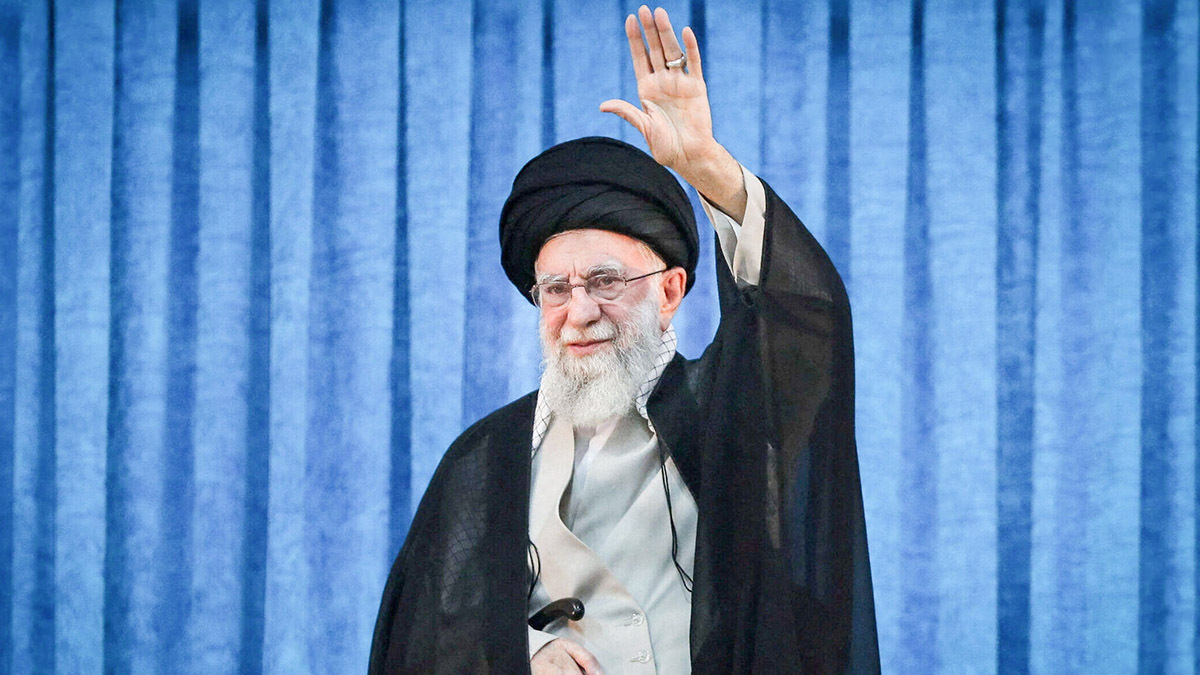
Iran responds by attacking Israel
While Trump celebrates the operation, the region is experiencing a dangerous spiral of retaliation. Following the US bombings, Iran has intensified its attacks on Israel. After the weekend offensive, air raid sirens sounded in several areas in northern, central and southern Israel on Monday following the launch of Iranian missiles, confirmed by the Israel Defence Forces (IDF).
This is my neighborhood — a small, beautiful community in the north of Tel Aviv. It’s mostly young families with 2–4 kids and elderly residents who’ve remained here.
— Sacha Roytman (@SachaRoytman) June 22, 2025
Today, we heard an explosion that shook our home like a massive earthquake. We knew we had been hit.
We are… pic.twitter.com/gbSNdIKuFY
Meanwhile, Israeli drones destroyed 15 Iranian fighter jets and helicopters stationed at six airfields across western, eastern and central Iran. In addition, some 20 Israeli fighter jets dropped more than 30 precision munitions on military installations, missile depots and radar systems in Kermanshah and in the heart of Tehran. The offensive continued on Monday morning with new attacks on missile launch bases in Kermanshah.
𝐀𝐩𝐩𝐫𝐨𝐱. 𝟑𝟎 𝐈𝐀𝐅 𝐟𝐢𝐠𝐡𝐭𝐞𝐫 𝐣𝐞𝐭𝐬 𝐬𝐭𝐫𝐮𝐜𝐤 𝐝𝐨𝐳𝐞𝐧𝐬 𝐨𝐟 𝐦𝐢𝐥𝐢𝐭𝐚𝐫𝐲 𝐭𝐚𝐫𝐠𝐞𝐭𝐬 𝐭𝐡𝐫𝐨𝐮𝐠𝐡𝐨𝐮𝐭 𝐈𝐫𝐚𝐧 𝐮𝐬𝐢𝐧𝐠 𝐨𝐯𝐞𝐫 𝟔𝟎 𝐦𝐮𝐧𝐢𝐭𝐢𝐨𝐧𝐬. 𝐓𝐡𝐞𝐬𝐞 𝐭𝐚𝐫𝐠𝐞𝐭𝐬 𝐢𝐧𝐜𝐥𝐮𝐝𝐞𝐝:
— Israel Defense Forces (@IDF) June 22, 2025
📍 Yazd
IAF fighter jets struck the "Imam… pic.twitter.com/ZARmIvqdbd
This exchange of blows shows that Iran's retaliation is not yet over and highlights the risk that a targeted conflict could escalate into an open regional war. Tehran also retains the option of attacking US military bases in the Middle East, disrupting the flow of oil through the strategic Strait of Hormuz, or even bringing the confrontation to US territory through attacks.

